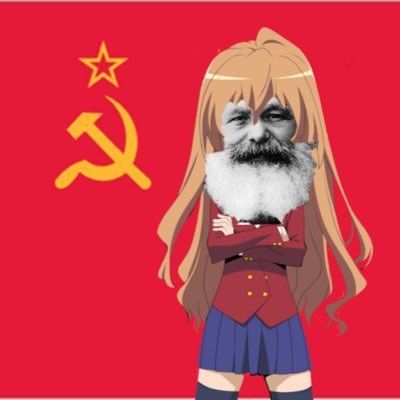I think i understand the basics. For example, a capitalist buys wood for 20 (money) to make a chair, he employs someone else to make the chair which adds value to the wood…lets just say the value added through the labour is 20 (money) the chairs cost therefore is 40 (money) but the capitalist steas some of the added value to make a profit and now the chair is only worth 30 (money). The worker has therefore worked a significant amount of time for free because the value added does not correspond to what the chair is sold for. Thats already what i understand but how exactly does the capitalist turn this into profit? Yes he has gained some money but he still has 30 dollars in debt due to the production costs and the labours costs…and it would not change in the future as the debt just like the value he steals from the workers grows. Can someone pls explian?


Constant Capital 20 money for machines/tools and raw materials + Variable Capital 10 money for the Worker. That 10 money is enough to feed, etc him/his family for one day. The Price of Work is not the same as how much Value he adds. The Worker adds more value than 10 money in a Day, lets say he can produce 20 money value per Day. So he could just work half a day and feed his family. But the Capitalist needs to make a profit so he lets the Worker work for the entire Day, but only pays him 10 money. So the Capitalist invests 20 + 10 money and get 40 money out by selling the Commodity.